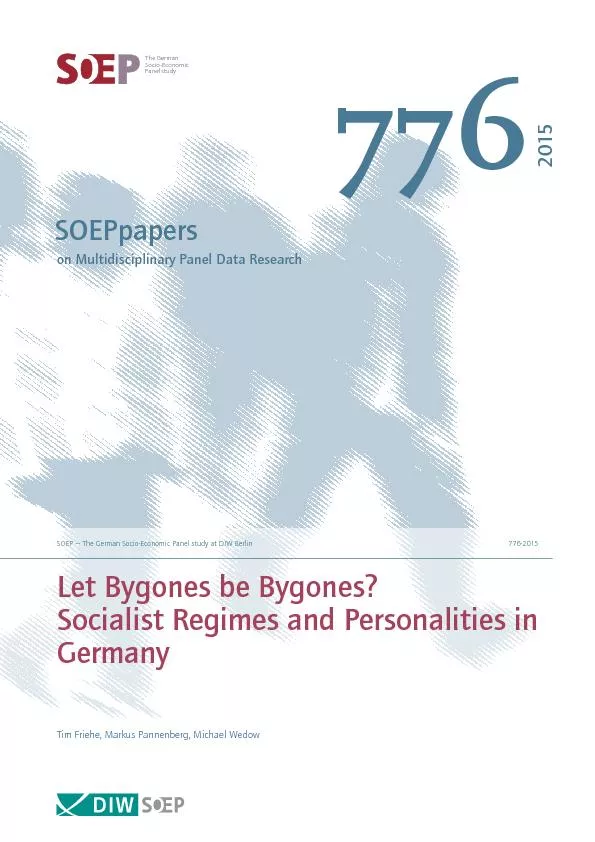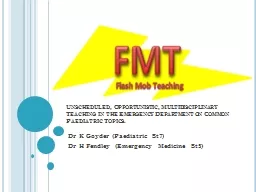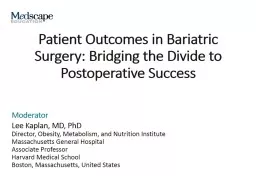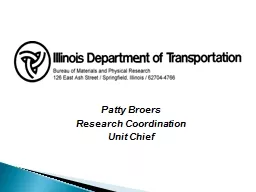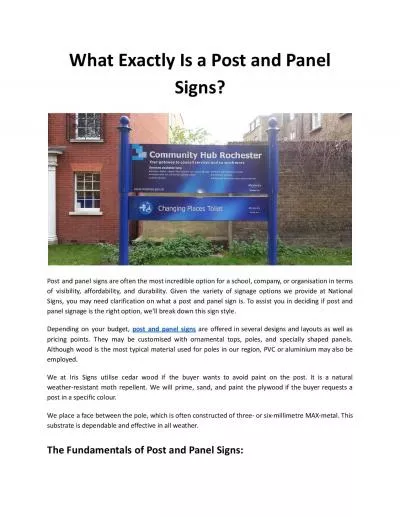PDF-SOEPpaperson Multidisciplinary Panel Data Research
Author : myesha-ticknor | Published Date : 2016-10-24
Panel study Let Bygones be Bygones Socialist Regimes and Personalities in GermanyTim Friehe Markus Pannenberg Michael Wedow2015SOEP
Presentation Embed Code
Download Presentation
Download Presentation The PPT/PDF document "SOEPpaperson Multidisciplinary Panel Dat..." is the property of its rightful owner. Permission is granted to download and print the materials on this website for personal, non-commercial use only, and to display it on your personal computer provided you do not modify the materials and that you retain all copyright notices contained in the materials. By downloading content from our website, you accept the terms of this agreement.
SOEPpaperson Multidisciplinary Panel Data Research: Transcript
Download Rules Of Document
"SOEPpaperson Multidisciplinary Panel Data Research"The content belongs to its owner. You may download and print it for personal use, without modification, and keep all copyright notices. By downloading, you agree to these terms.
Related Documents

